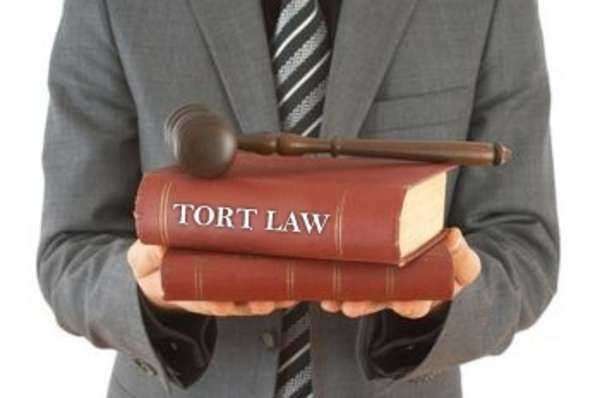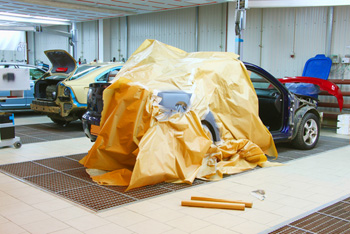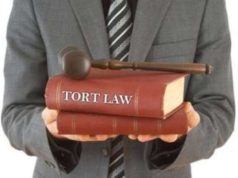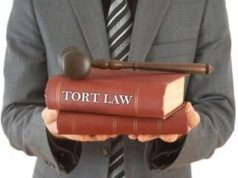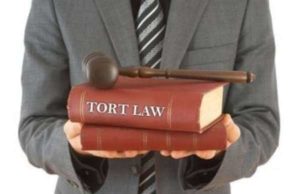
Causation in Fact Proximate Cause- Scope of The Problem
The scope of the problem with proximate cause lies in a few different areas, especially in its name. The name given to the direct cause of an accident or incident leading to injury, is referred to as ‘proximate’. The term proximate has long been known to mean near, or in the vicinity of, not actual.
This gives a misconception to the name, as if the cause was near as opposed to, the actual one. Other issues arise deeper within proximate cause, and that is with the scope of liability and its extent. Controversy exists as to where liability should be extended to a defendant, based on their responsibility or duty. Along with these two issues, there are several more controversial ones that exist within the realms of proximate cause.
Unforeseeable Consequences
Unforeseeable consequences are occurrences that could not be held liable against a defendant, due to their unprecedented risk. The fact that the risks related to these consequences happening are not clear and evident, makes it impossible for a defendant to be aware of them. By not being aware of these risks, a defendant could not have prevented the resulting cause. Sometimes unforeseeable consequences occur due to an unforeseen intervening cause, that happened to occur at a time in other to contribute to the accident. The absence of knowledge or existence of these factors relieves the duty of responsibility of a defendant, over the plaintiffs. Most cases relating to unforeseeable consequences are ruled in favor of the defendant, absolving them from damages pertaining to the plaintiff.
Intervening Causes
Intervening causes in a negligence case deal with contributing factors that interfere with the outcome of a direct cause. These causes usually alter the result of the original cause, and occur at a different time. These causes have additional consequences to the plaintiff and may worsen their situation. Intervening causes may not be attached to a defendant, especially if they are merely existent due to another contributing person or factor.
Natural causes such as weather may be held as a responsibility to a defendant, and must be addressed in terms of safety. Criminal acts are also acts that may be intervening causes that pose a responsibility on the defendant. The defendant must protect the persons under their duty or responsibility from a series of different factors at given time.
Functions of Court & Jury
The purpose of a jury in a negligence case is to make a verdict based on the evidence presented. In the court, the jury reviews all evidence in terms of proximate cause, intervening causes, foreseeable/unforeseeable risks, etc.. Using this information they then look at the responsibility or duty of a defendant and decide whether it was their ‘job’ to protect the plaintiff from the occurrence or accident that happened.
If it is decided that it was the defendant’s duty to conduct an act, they may be held negligible for the accident occurred. Once this happens, the defendant is liable for all damages that the plaintiff sustained.




